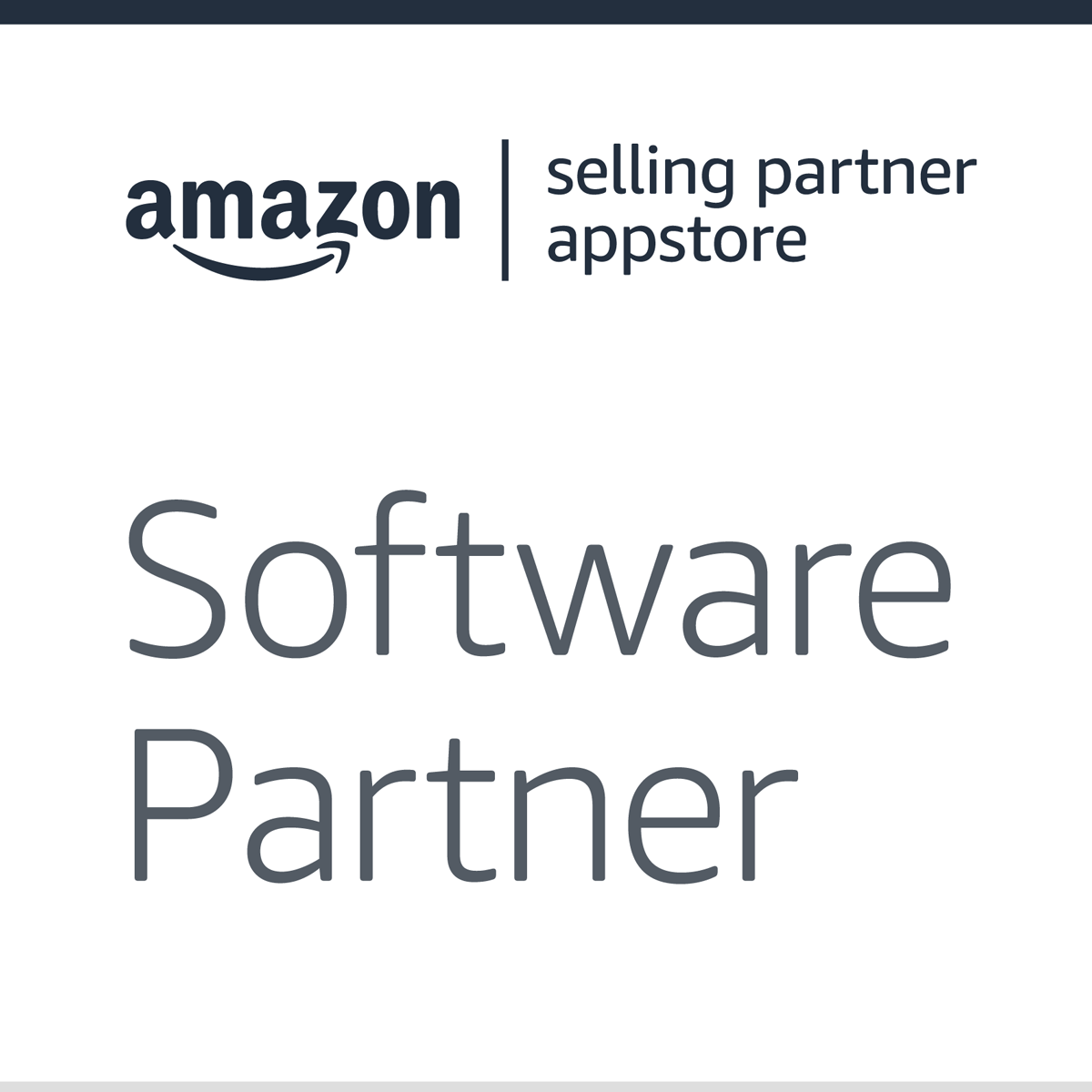Originally published on March 14, 2017, updated March 19, 2025
Menu
Join Our Email List
- Receive our monthly newsletter.
- Stay up to date on Amazon policies.
- Get tips to grow your business.
The latest Amazon FBA inventory cleanup is now behind us. Some sellers went through it with little or no affected inventory, while others had to deal with large long-term storage fees or removal orders. For those in the latter group, you may be wondering how best to avoid this hassle during the next cleanup.
Inventory management, a behind-the-scenes necessity, may not be a very sexy topic, but it is a vital part of a thriving business. Stock-outs and overstocking will affect sales, cash flow, and profits. Poor inventory planning will prevent you from growing and expanding your business. In this post, I’ll cover five key areas to remember when it comes to inventory management.
Without the proper data, you can’t begin to make the right inventory management decisions. To that end, you need to be gathering and tracking your sales and inventory data. Data points will include:
Don’t be so focused on restocking that you forget to watch for inventory that is not moving, as acting quickly will give you more options when it comes to clearing out any stuck inventory.
In addition to the numbers, you will need to add some context. What are the current industry trends for your product? Do you anticipate that demand will slow down or increase? Are you planning on adding more products and how will that affect sales of existing products?
Are there any promotional or marketing events on the horizon? What are your competitors doing? Are there any other external factors that may affect sales? Some sellers have products affected by weather, politics, sports, you name it. Knowing what affects your sales will allow you to make better inventory decisions.
 Don’t forget timing. You need to plan for how long it will take for you to manufacture and ship your product. Knowing how much lead time you need for each product order is vital to avoiding stockouts. There is nothing worse than realizing you have two weeks' worth of product left and need two months to get a restocking order in.
Don’t forget timing. You need to plan for how long it will take for you to manufacture and ship your product. Knowing how much lead time you need for each product order is vital to avoiding stockouts. There is nothing worse than realizing you have two weeks' worth of product left and need two months to get a restocking order in.
If you are importing, don’t forget to factor in possible delays at the border or international holidays. For example, it can take longer to get through customs during the busy Q4 season, and there is a small window between post-holiday and Chinese New Year to get your restocking orders into the factories.
All of this begs the question: what's the best way to track all of this information? While sellers just starting out may be fine with a simple spreadsheet or a pencil and paper, as your number of SKUs and suppliers increase, so will the complexity of your inventory management.
At some point, you will need a more automated system to handle both simple and complex calculations. When deciding what kind of system to use, think ahead and consider your short and long-term goals. What may work for you today may not work next year, so look ahead before you spend time and money investing in an inventory system.
RestockPro by eComEngine can simplify your FBA inventory management. The software analyzes more than 70 data points to forecast sales and provide you with restock suggestions.
When using software or any automated system, don’t forget point number two: your data needs to be put into context. No software system should be making all your decisions for you. Instead, recommendations should be reviewed and altered as needed.
The recommendations given are also only as valid as your input. If you think something looks off, check your data and ensure you have the right costs, lead time, case pack vs. unit cost, etc. The wrong inputs could cost you a lot of money. As an operations manager once told me, when it comes to automated systems, it’s "garbage in, garbage out" if you are not careful. Plan time on a regular basis to go over the data and recommendations before just clicking “create PO.”
A solid approach to managing your FBA inventory will help you maximize sales and profitability, free up cash for new opportunities, and allow you to create a thriving business. It may not be as exciting as sales, traffic, and conversion rates, but it is just as vital to a healthy business. Don’t let the next Amazon inventory cleanup and its hefty long-term storage fees leave you scrambling.
Originally published on March 14, 2017, updated March 19, 2025
This post is accurate as of the date of publication. Some features and information may have changed due to product updates or Amazon policy changes.
These Stories on Inventory
14321 Winter Breeze Drive
Suite 121 Midlothian, VA 23113
Call us: 800-757-6840





Copyright© 2007-2025 eComEngine, LLC. All Rights Reserved. eComEngine®, FeedbackFive®, RestockPro®, and SellerPulse® are trademarks or registered trademarks of eComEngine, LLC. Amazon's trademark is used under license from Amazon.com, Inc. or its affiliates.
No Comments Yet
Let us know what you think